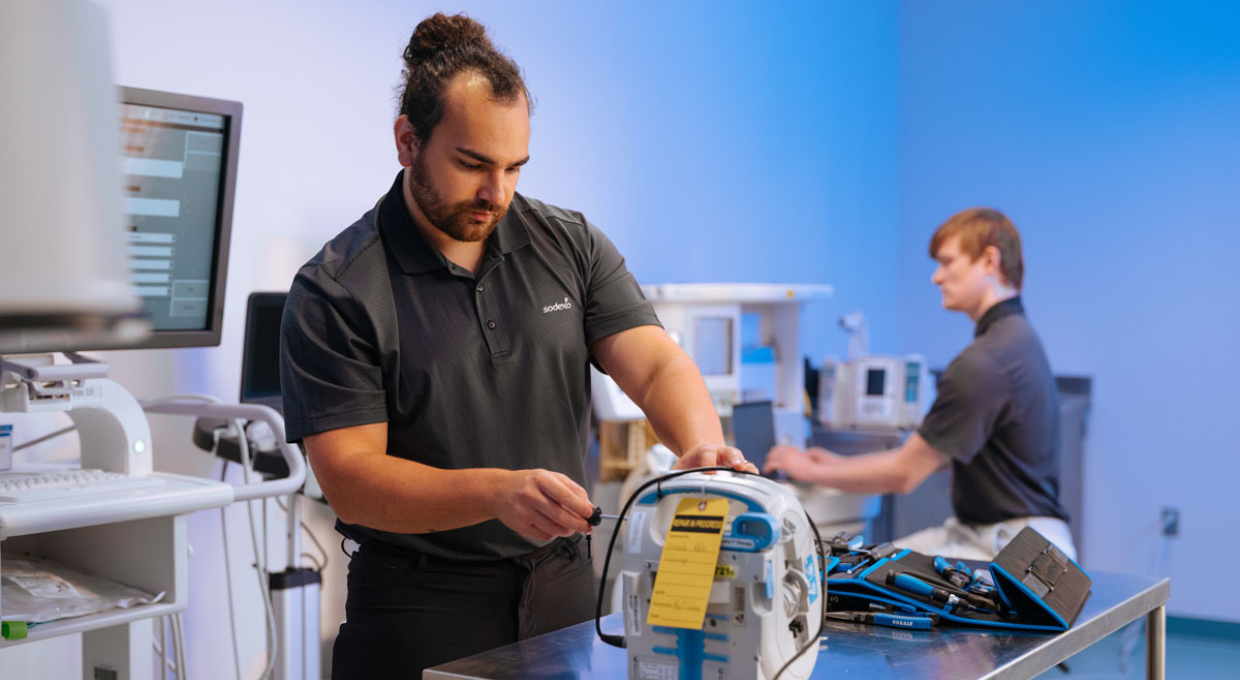Life at Sodexo
From Dishwasher to Senior HR Director: How Brett Simms Built a 25-Year Career Through Mentorship and Purpose

Hear from our employees about life at Sodexo.
From Dishwasher to Senior HR Director: How Brett Simms Built a 25-Year Career Through Mentorship and Purpose

One Company, Many Journeys: How Sodexo Employees Thrive Across Every Segment

From Service to Leadership: Mike Viola’s Sodexo Journey

A Story of Strength and Support: How Sodexo Stood By Joanne Martino

Breaking Barriers in Clinical Nutrition: Cortney’s Journey from Dietitian to Director

Leaders Connect: A Conversation with Pip Thompson

From the Navy to Sodexo: How One Veteran’s Military Experience Shaped His Career

Living and Leading with an Invisible Disability

Sodexo Leaders: Building Purpose-Driven Careers That Last

Driven by Precision, Powered by Purpose: Inside the World of HTM at Sodexo

This GM’s Path to Success Through Determination and Mentorship

From Farm to Tray: A Career Rooted in Food, Education, and Impact

Get Started with Sodexo
Get in touch with a Sodexo expert
Explore Our Services